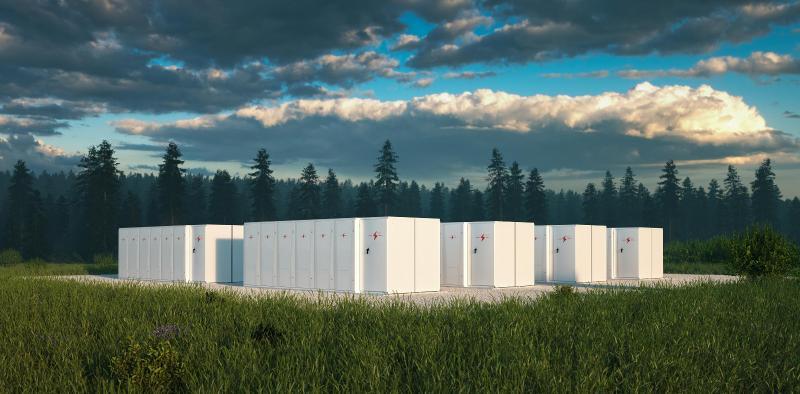By Federico Ferrario
The world is currently on to track for a global temperature rise of 2.7˚C by the end of the century. That is well above the goal of 1.5oC set in the Paris climate agreement, and it would lead to serious changes in weather patterns worldwide.
A radical change is needed, and fast.
Making the best use of energy or – even better – using less of it is the best starting point. The next step is to make energy clean.
The scale and speed of the investment in clean energy solutions and innovations will determine whether we can still achieve a net-zero emission transition.
But what are the most promising green technology developments that can boost the decarbonisation of the economy? Let’s look at them.
The decarbonisation challenge
At a time when global energy demand is more and more pressing and fossil fuel prices continue to rise, Europe is experiencing a considerable energy squeeze. Russia’s invasion of Ukraine has only highlighted the issue still further. Europe’s energy supply is still largely based on fossil fuels, and 90% of its oil and over 60% of its gas needs are imported, with some countries sourcing a large part of their energy needs from Russia.
The need to move fast along the decarbonisation path has now taken a whole new dimension, that of energy security or, more simply, independence and freedom. From a climate perspective, this is likely to be good news since the solutions are the same: boost renewable energies, foster innovation in new energy sources and carriers, make the best (and lowest) use of energy through energy efficiency.
To make it happen, we need a systemic change through the whole energy sector. It’s systemic because it’s not just a matter of plugging new power plants where the old ones were and run everything as usual. These are different machines – they work differently, in different locations, at different times and under different conditions. That suggests we need to adapt and upgrade to new ways of transforming, transporting, storing, and using energy.
The power sector is where most of the action is happening right now, and its importance will grow outsized in the future, as decarbonisation will often mean electrification of end uses. There we need to be smart in how we apply technologies that are already in our hands, starting with building power lines where they can iron out the greatest amount of the congestion, while looking ahead and tackling network issues before they even materialise and become a threat to the viability of clean power plants.
To squeeze the most out of what we have is also fundamental: active and instantaneous management of the grids, instantaneous and more accurate monitoring of power lines, so that we can max out their true transmission capacity.
Other new energy carriers like hydrogen will be likely to require new dedicated infrastructures as their importance and volume grow over time. While it may be possible to reuse and adapt some of what we have already, it’s certain that we’ll need new investments.
To be able to marry the rhythm of our lives and economy with that of the new clean sources of energy – the sun and wind, to begin with – takes a significant amount of storage. It’s needed in whatever form is most effective and economical to make us able to store energy right when it is produced, for whenever it is actually needed.
The scale of the problem posed by a transition to net-zero is massive and we need to put all possible efforts into developing a wide range of solutions – because there is no silver bullet. Batteries, hydro dams, hydrogen, synthetic fuels, thermal storage, they all have a likely role to play.
It can be because of the timeframe over which they allow the storage of energy; how much energy they store; or simply because some are a better fit for specific parts of the energy sectors.
Still, the two biggest hurdles between us and a net-zero emissions future are the production of enough clean energy, and proper long-term storage.

